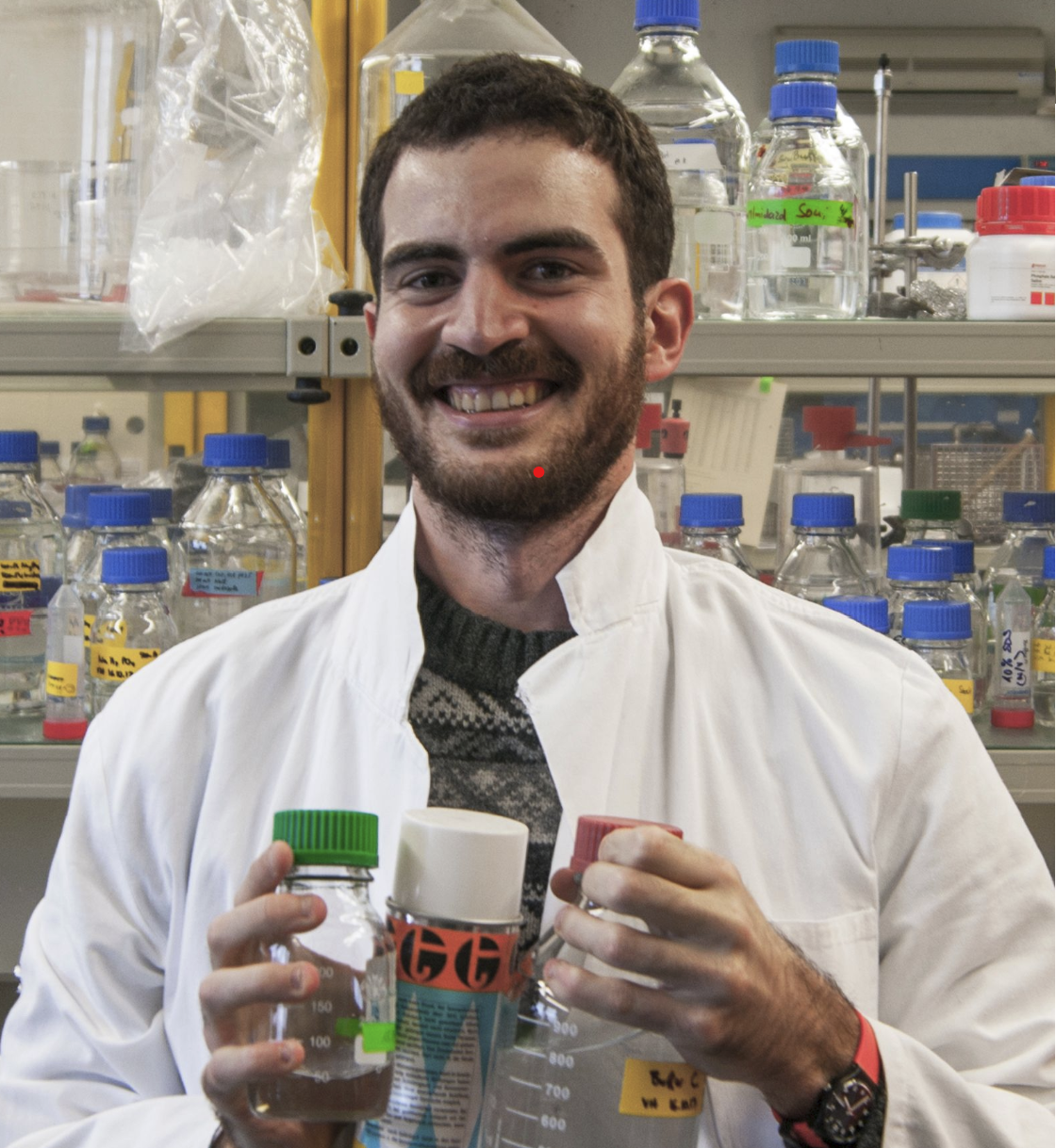
Alfredo Sciortino
Alfredo Sciortino is a Postdoctoral Fellow at the Institute Pierre Gilles de Gennes in Paris / CEA Grenoble, working on in vitro reconstitution of the cell’s cytoskeleton to learn simple rules determining its active self-organization. He was born in Palermo and studied Physics at La Sapienza in Rome, where he obtained his Master’s degree. He then moved for his PhD to the Technische Universität München where he worked on experimental systems composed of cytoskeletal filaments and molecular motors, focusing on their collective motion and on how topology and confinement affect it. He now works in the CytoMorphoLab in Paris on the reconstitution of cytoskeleton-based biological phenomena, with the final long-term goal of building a “synthetic cell”.
Wednesday April 19th
From nematic defects to polar order: polar flow of gliding filaments steered by nematic defects
Cells have the amazing ability of reshaping themselves to perform different functions, from division to motion. In order to do that, they exploit active forces exerted by the cytoskeleton, a set of active filaments with partnered molecular motors that not only provide a structural scaffold to the cell but can also dynamically self-organize in order to exert the right forces at the right time. However, how exactly the microscopic interaction between filaments and motors can lead to specific organizations of the cytoskeleton is unclear. To shed light on these issues, we reconstitute minimal experimental systems based on purified cytoskeletal proteins and investigate their ability to self-organize. Specifically, by using an experimental setup in which cytoskeletal filaments propelled by molecular motors actively glide on a surface, we show how different microscopic interactions between filaments lead to diverse macroscopic patterns. We then use this system to investigate how patterns are shaped by changing the topology of the system (from planar to spherical) and by the introduction of defects in the alignment of filaments (nematic defects). Our results shed light on the self-organization properties of the cytoskeleton but also indicate strategies to control pattern formation processes in general by playing with defects and with the topology of the system.